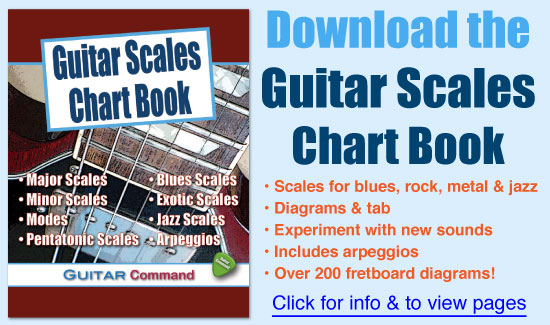Altered scales are used predominantly by jazz musicians to produce interesting tensions while improvising over dominant seventh chords.
Altered scales are often used over altered seventh chords, e.g. G7 sharp 5, of C7 flat 9, etc.
Use the altered scale with the same root note as the dominant chord, e.g C altered scale over a C7 sharp 5 chord, or an F altered scale over an F7 sharp 9.
Altered scales contain the same notes as jazz minor scales played a semitone higher, so you only really have to learn one to play the other. Find out more about this in the 'Altered Scale Theory' section at the end of the article.
Altered Scale Tab
Try playing a C altered scale using the guitar tab below.

Altered Scale Guitar Diagrams
In the altered scale guitar diagrams below, the root notes are shown as green circles.
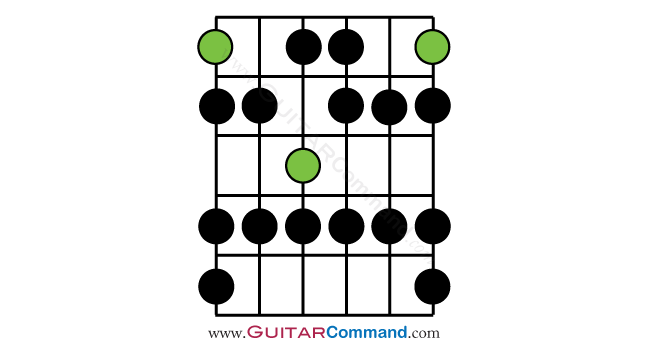
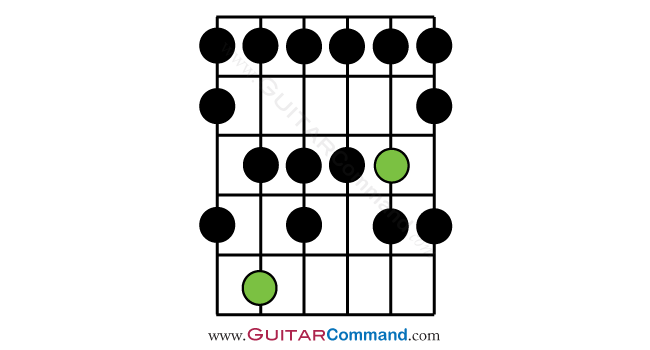

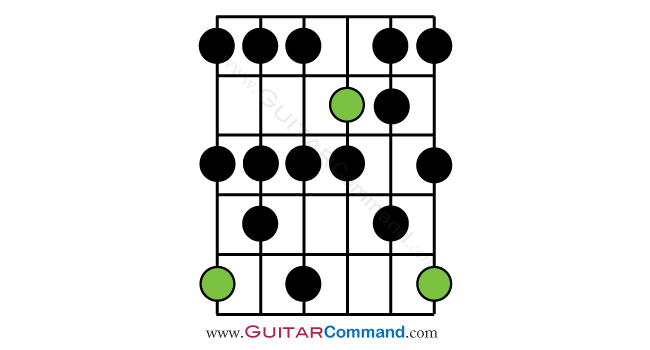
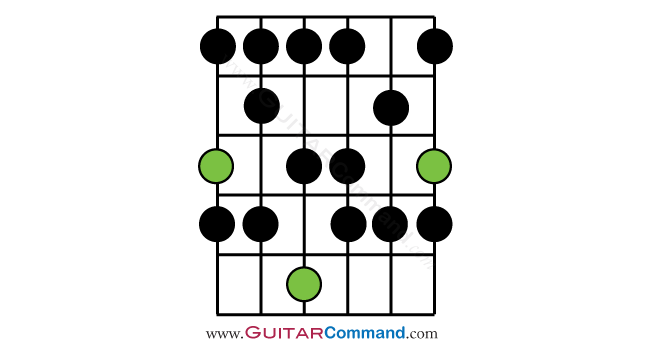
Altered Scale Theory
An altered scale contains the same notes as a jazz minor scale played a semitone higher, e.g.: an G altered scale contains the same notes as an A flat jazz minor scale.
The jazz minor scale starts and ends on the second note of the altered scale, and could be considered to be a mode of the altered scale.
When played over Dominant Seventh chords, altered scales provide the following altered notes that create musical tension: b5, #5, b9, #9
Notes in an altered scale
The notes in a G altered scale are: G, Ab, Bb, Cb, Db, Eb, F, G
The A flat and B flat are respectively the flat nine and sharp nine tones, the C flat and D flat notes are respectively the flat and sharp five notes.
Hear an example guitar solo using the altered scale, and play your own over a backing track here: How To Use Altered Scales.
Related Pages:


